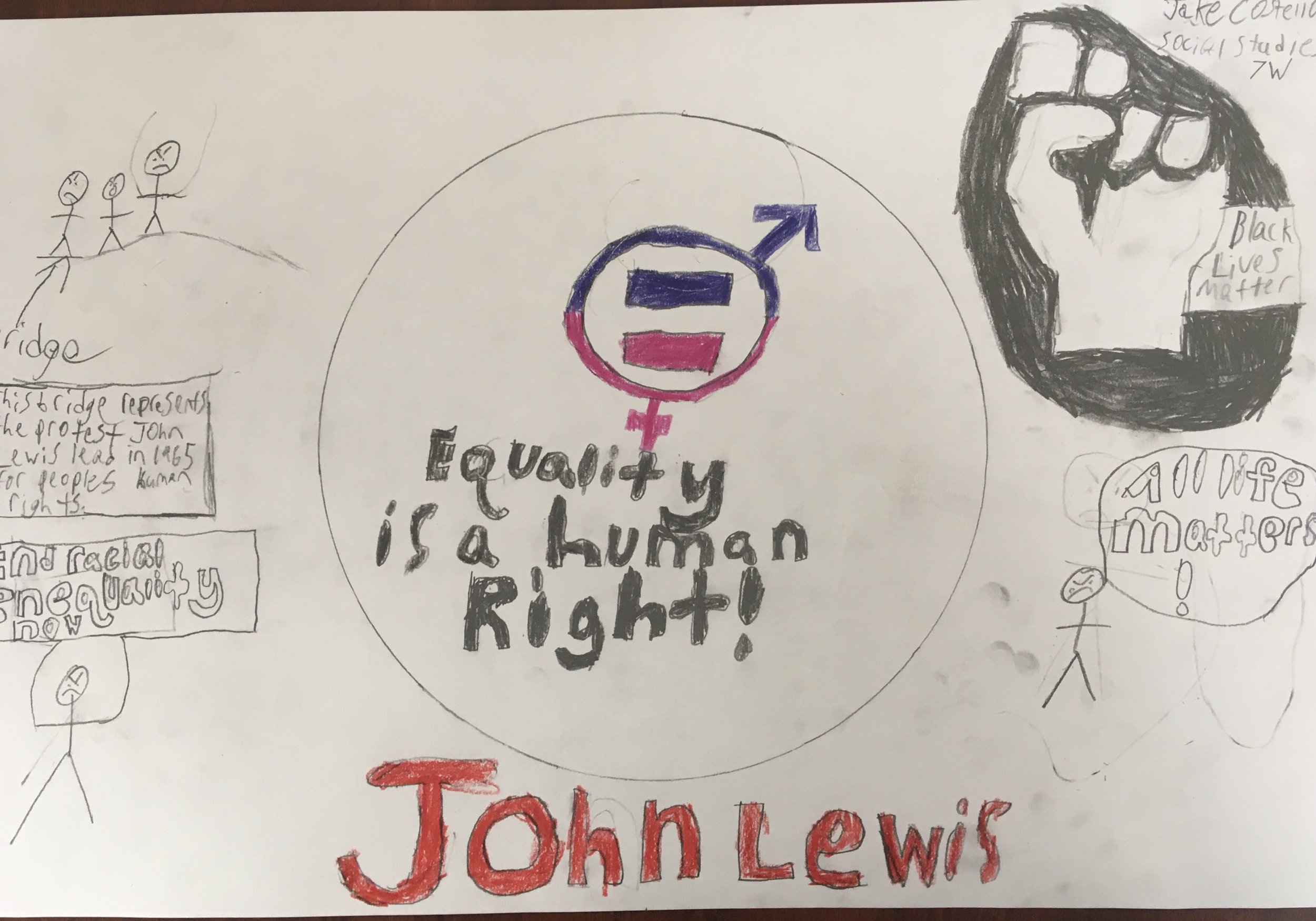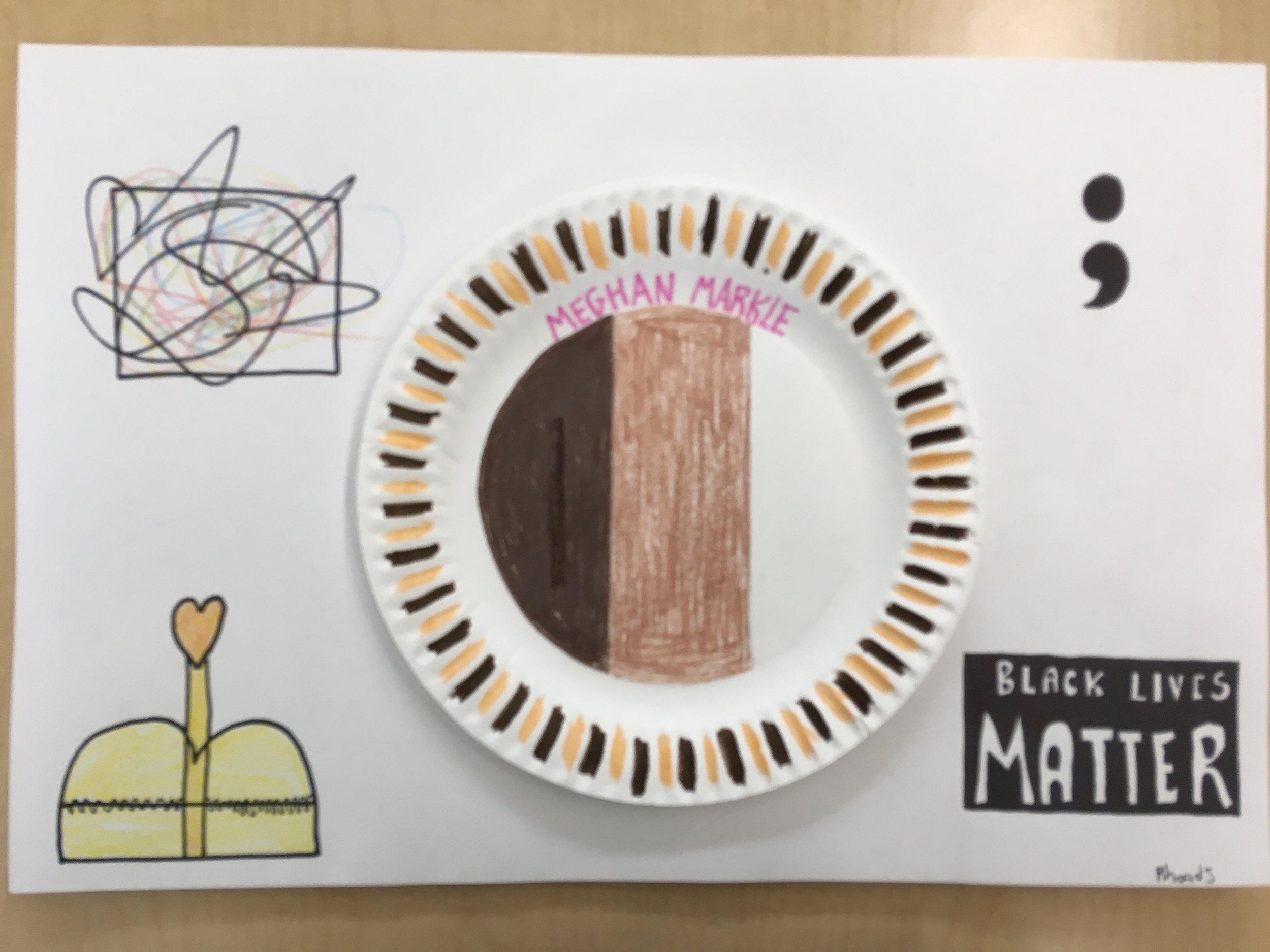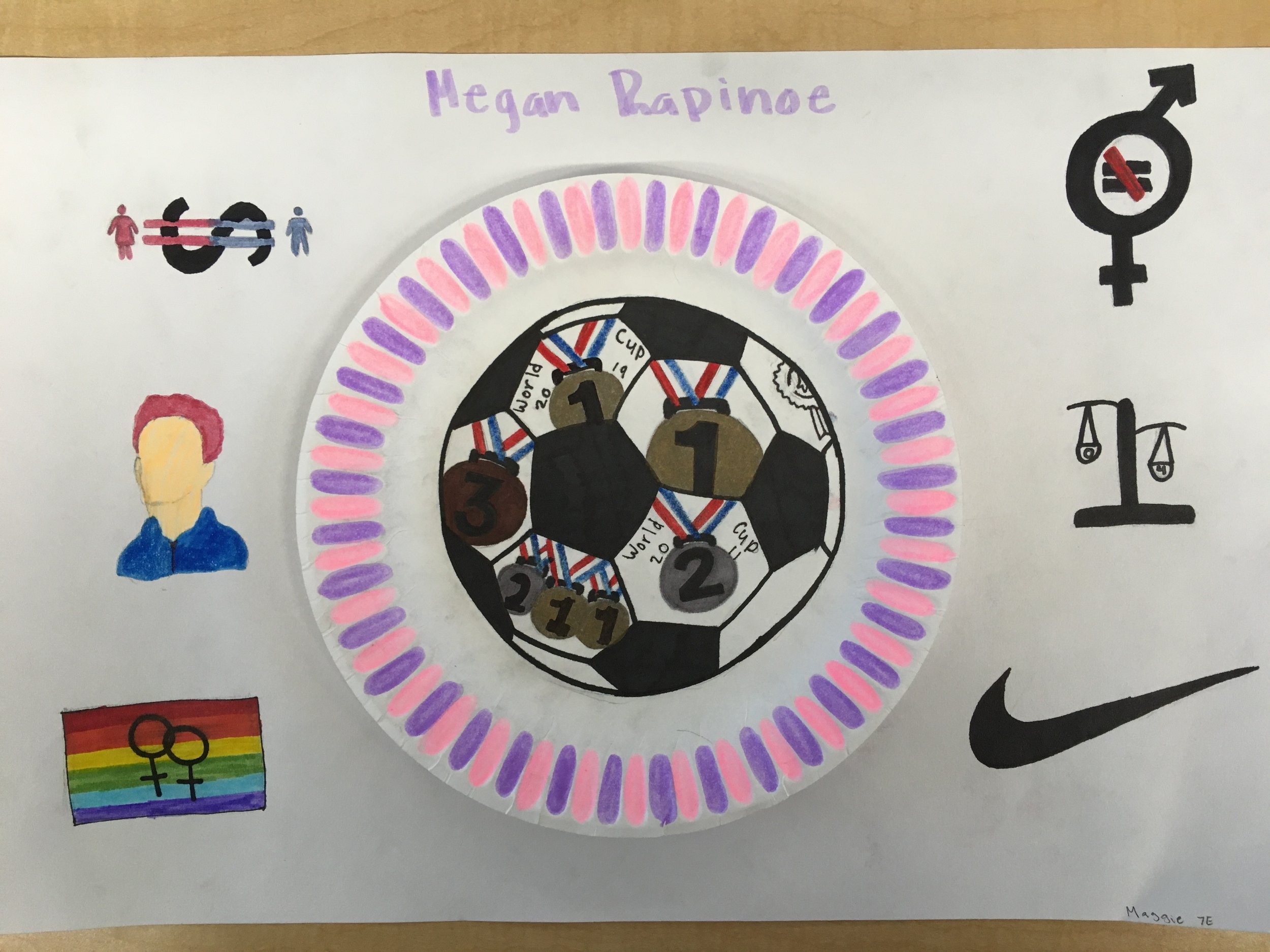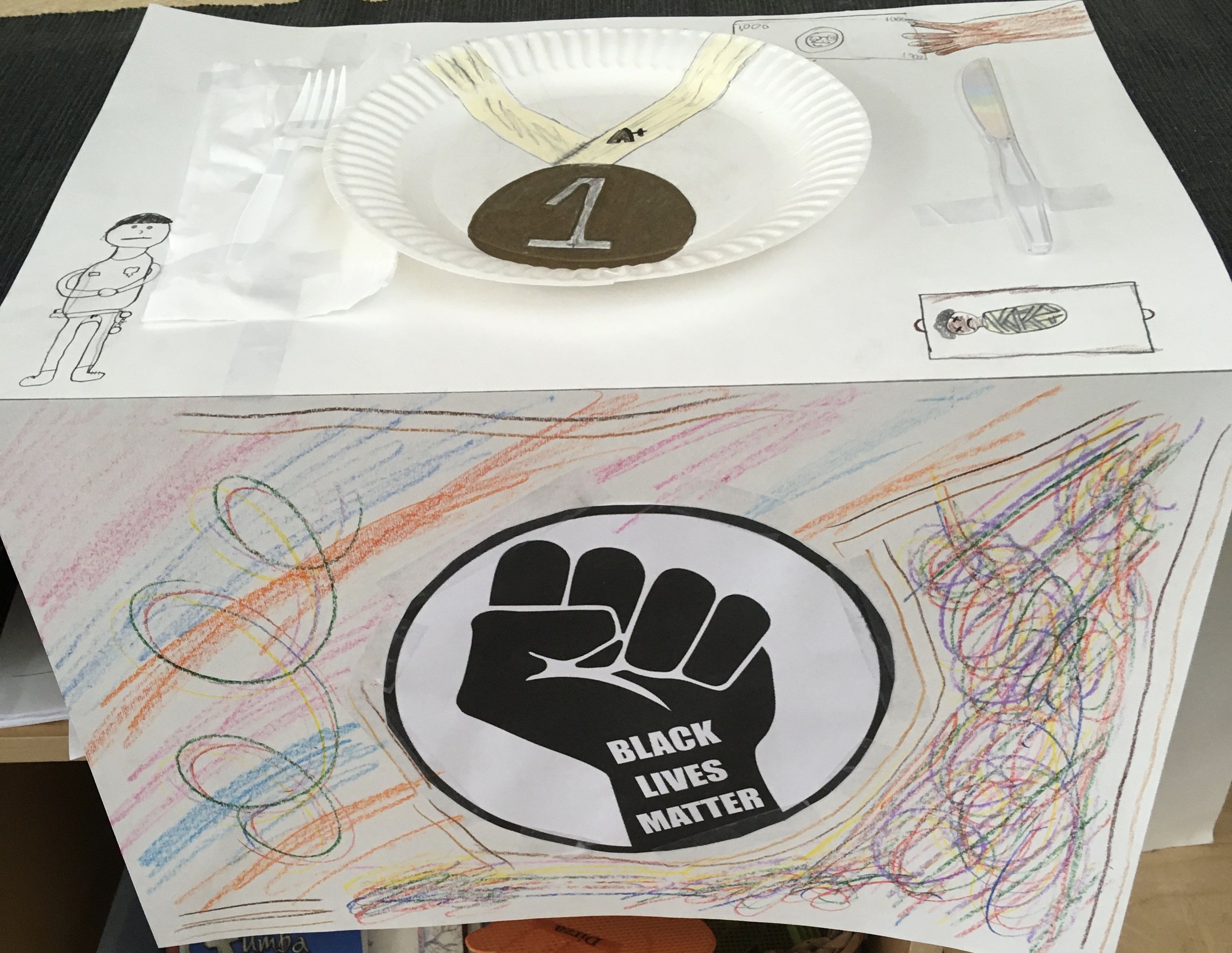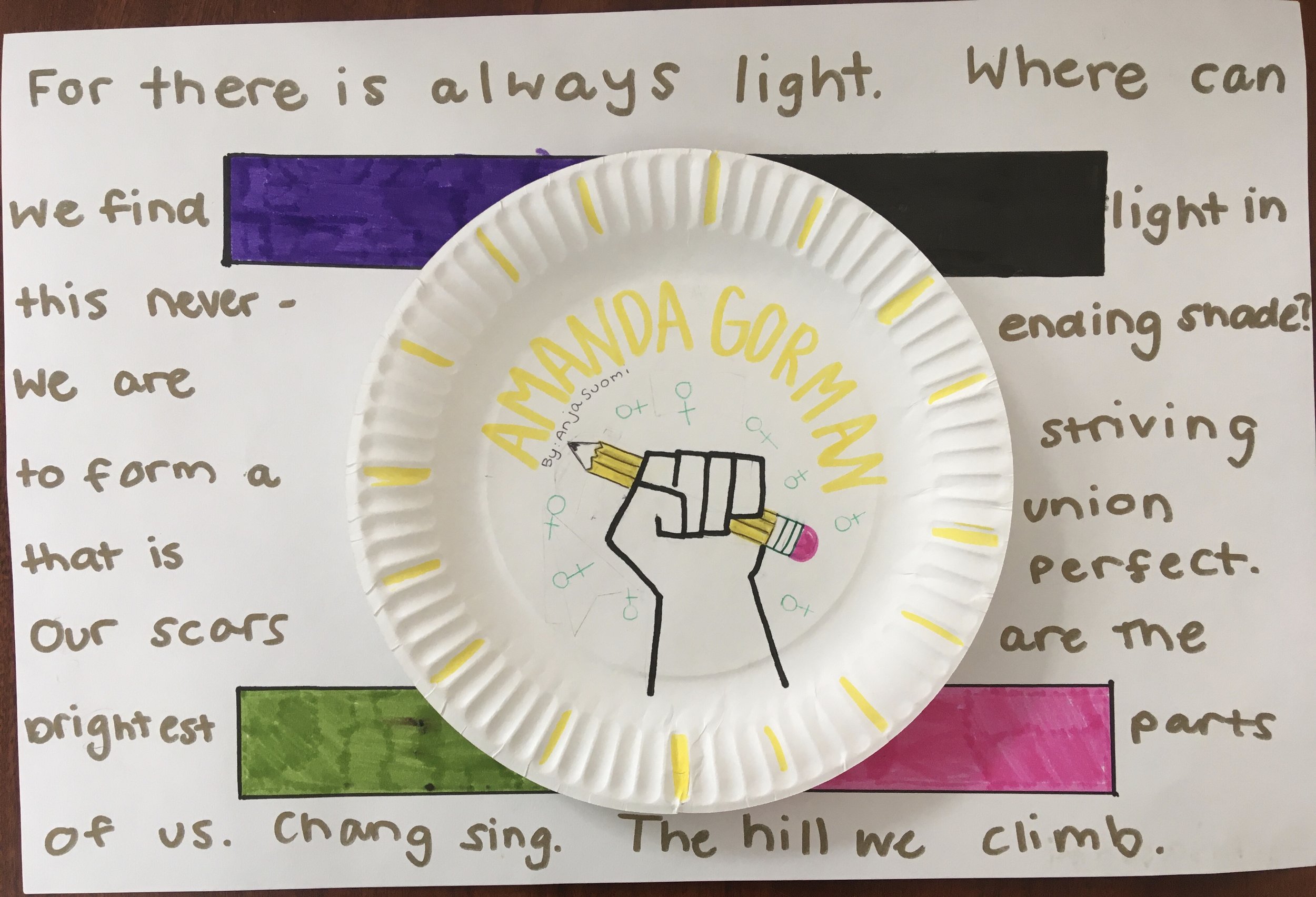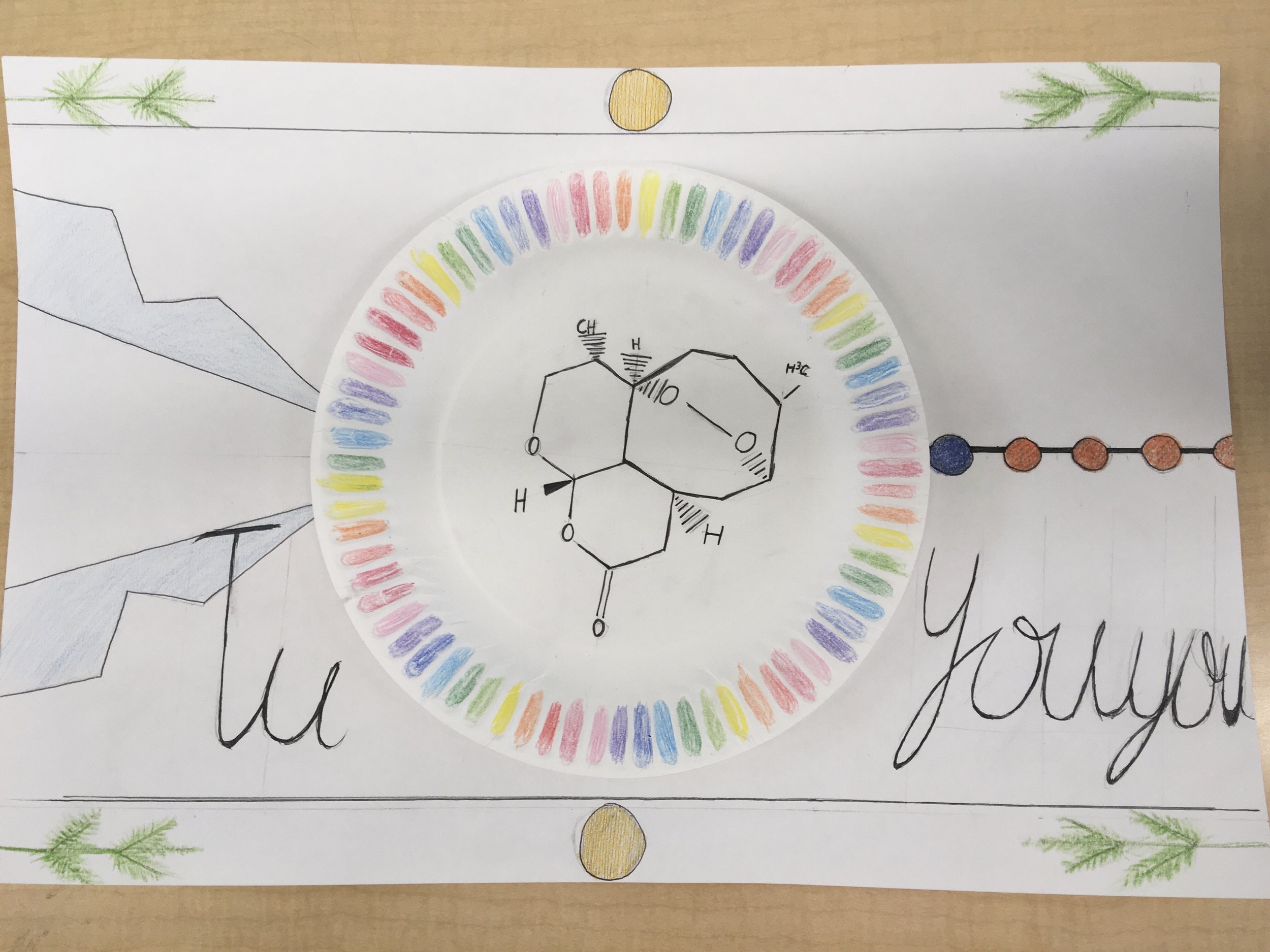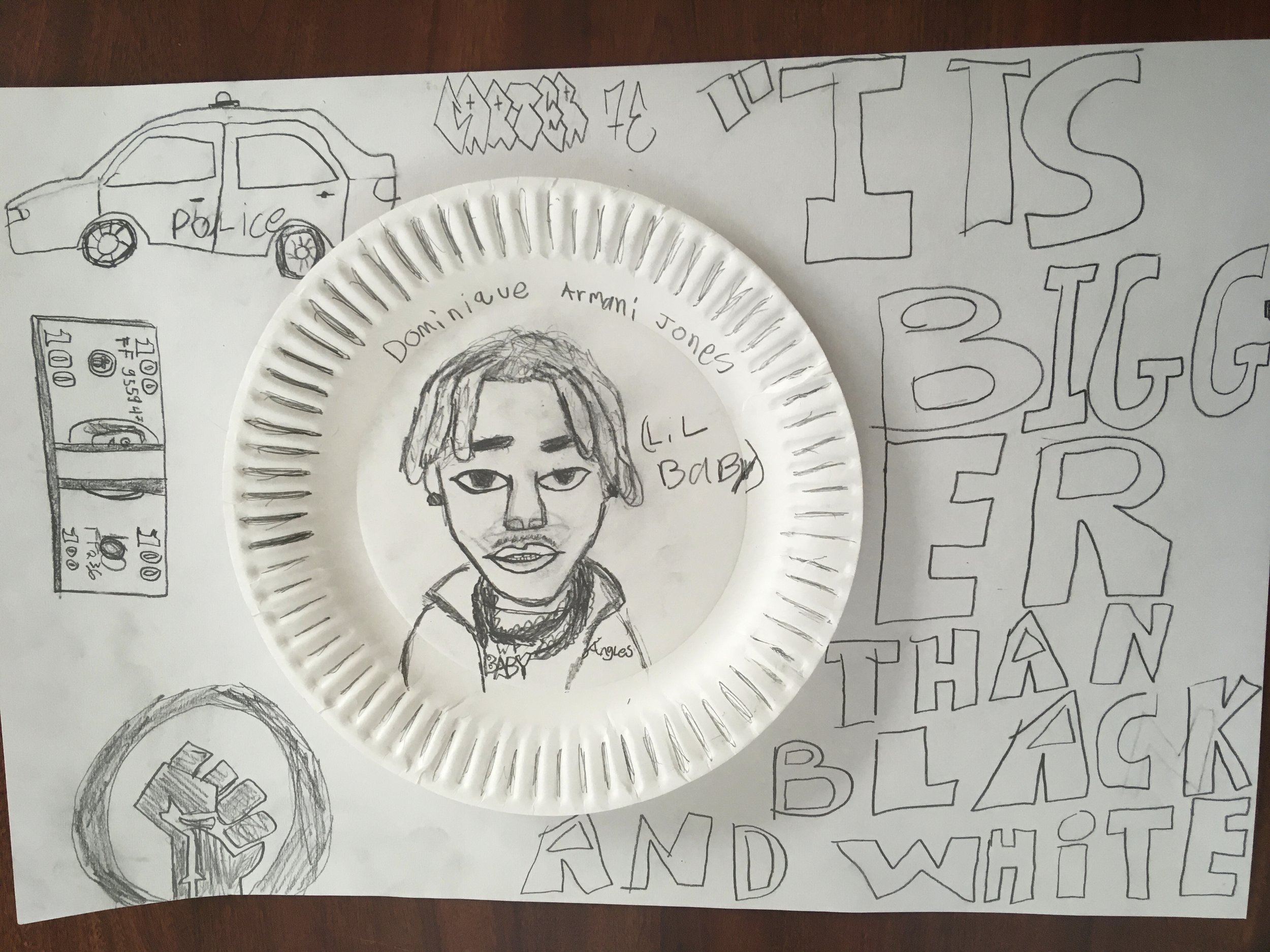Identity, Inquiry + Inclusivity at GUS
It can be hard to watch the news these days and sometimes even impossible if your children are in the room. It seems as though the unthinkable happens every day. The mass-shooting at an elementary school in Uvalde, Texas, and the recent race-related shootings in Buffalo, NY and Laguna Woods, California make it clear that there are just some truths we can’t shield our children from. Even if you turn off the television or the radio, young people's access to information is unprecedented. More than ever, our children need our help to process what is happening in the world around them and to help them grow into the responsible and community-minded young people the GUS mission suggests. As educators, we work to manage these conversations with care, starting where students are, and finding a delicate balance between protecting and educating that allows students to process in a developmentally appropriate way. Having a strong social-emotional program, and an academic program that highlights interconnectedness through thematic learning, offers GUS a solid foundation on which to have these important conversations in meaningful ways.
As we work continually to widen our understanding of ourselves and look critically at the world we live in, we are intentional about developing students who feel positive and proud of their identity, and who are taught to see and embrace diversity and difference. This work at GUS does not exist in a silo; rather, it is integrated into all areas of our program. As a faculty this year we have looked at our curriculum and program through three lenses: identity, inquiry, and inclusivity. Together these lenses are foundational to our approach to learning, as they inform every decision we make about our work with students. Students are taught that learning happens through continual inquiry processes, and they are given the tools to bring a critical eye to their research, and the awareness that they must always seek to widen the stories they are hearing and seeking out, understanding that the dominant narrative is not always the most inclusive one. We hope our graduates will continue to lead with inquiry and curiosity as they move out into the wider world, and work actively to create positive social change.
IDENTITY
When we think about supporting positive identity development, we think about wanting to know our students: who they are as individuals, who they are as learners, and who they are as community members. We also want students to know themselves; and we intentionally build opportunities for continual self-exploration, discovery, and expression into every day and every grade-level.
In our academic curriculum, project-based learning allows students to synthesize what they’ve learned and share it in a way that also conveys something personal and unique to who they are. We saw this when third and fourth graders this year both did a Wax Museum, as a culminating project to different units of study. In third grade, students did a character study and learned about writing biographies; in fourth grade, students learned about non-fiction texts and explored what “positive leadership” means in their Open Circle social-emotional curriculum. For students in both classes, this culminating project gave them an opportunity to seek out a range of stories about noteworthy individuals, and consider the personality traits that make those people unique and inspiring. In 7th grade social studies, students build on this when they do their “A Place at the Table” project, in which they combine a study of gender, race, and class, with learning about an individual of their choice who has experienced discrimination and whose accomplishments have been underrepresented in the historical record. In their culminating project, each student prepares a “place at the table” for this person by designing a place setting that symbolizes this person’s accomplishments. The Wax Museum and A Place at the Table projects allow students to express something about their own personality and point of view while taking a moment to step into another person’s shoes, and imagine life through their eyes; all the while, building the empathy and perspective-taking skills that are essential for community-building and changemaking. In 8th grade, as they prepare to move on to secondary school, we see our graduating students express themselves in new ways through their White Shirt Projects and dance performances at Arts Night, through their brave and exciting performances in the 8th grade musical, and in their moving “This I Believe” speeches at Evening with the Graduates.
INQUIRY
As an experiential, place-based school, we believe deeply that learning is everywhere and that authentic experiences with the world around us makes learning meaningful, and nurtures life-long students. Learning through inquiry is a hallmark of a GUS education. Students are introduced to the scientific method in pre-k, when they are overflowing with questions about the world and their curiosity seems boundless. When introduced at such a young age, and cultivated in academic work as they move through the older grades, the scientific method allows students to merge their curiosity with critical thinking skills, allowing them to probe more deeply and go further with their inquiries. This ability not only serves our students in their science classes; it provides a foundation for seeking information, verifying sources, and testing theories across all subjects, as well as in everyday life.
As students get older and their access to technology and social media increases, we see the need for them to be able to apply a critical eye to the vast and rapid volume of information that is at their fingertips. In seventh grade math, students use data as a springboard to look critically at population, income, social media, and health care. Students begin by learning traditional graphs such as stem and leaf, histogram, box and whisker, circle, and line plots. Next, they explore more creative ways of presenting data with pictures and artistic interpretations of values. The students are then challenged to use the Common Online Data Analysis Platform to research multiple data points such as age, race, income, education, health, and language, and then create a graph or visual representation that includes two to three data points. This project led seventh graders to notice that people with similar educational backgrounds but different races had different incomes, and that people living in urban areas were more likely to have poorer health. Their discoveries led to rich conversations that fostered a greater understanding of inequalities entrenched in the world around them.
INCLUSIVITY
Finally, when we think about inclusivity in our curriculum and program, we are asking ourselves to ensure that our students can bring their whole selves to school and be seen, known, and loved for who they are. As students think about their identities through their academic and social-emotional curricula, it is essential that we have a school culture that cultivates and celebrates diversity. From our earliest grades, we meet children where they are as they notice some common traits and identifiers amongst themselves and their classmates, such as skin color, gender, family structure, religious traditions and holiday celebrations. We embrace the concept of “Windows, Mirrors, and Sliding Glass Doors,” which says that children need to see themselves represented in stories (the mirror), they need to learn about people who are different than them (the window), and they need to have an opportunity to enter the story and be part of a diverse world (the sliding glass door).
This year we’ve also asked all students and faculty to apply three simple questions to everything they are learning: who writes the stories, who benefits from the stories, and who is missing from the stories? These questions are natural for us as a community that learns through inquiry, and demand that we always work to widen our lens, diversify our curriculum, and sharpen our analysis of all we are learning - whether in the classroom, in our communities outside of school, or on the internet. This concept goes beyond the books we read in our classrooms to include daily class and community conversations, academic and social-emotional lessons and projects, and service learning experiences and class trips. When we begin our All-School Meetings every Friday we start with a land acknowledgement, which reminds us that the land our school lives on is the traditional ancestral homeland of the Abenaki, Pennacook and Wabanaki Peoples past and present; and the act of reading this statement reminds us that there were and continue to be stories that are left out of the dominant narrative, which must be acknowledged, honored, and grappled with. When we introduce ourselves at the beginning of the school year, we say our names and our gender pronouns - signifying that we understand that gender identity can be fluid and exists on a spectrum, and it is essential that we know a classmate's gender pronouns as easily as we know their name. This simple but powerful recognition of gender diversity is an important precursor to more sophisticated conversations about gender bias and discrimination that we have as students get older. The study of bodies that begins in the first grade “Who Am I?” curriculum becomes more complex in the 7th grade “Who Am I?” curriculum, when students do a Body System Design Challenge in science. Students research specific human health conditions (stroke, clogged arteries, asthma, or muscular dystrophy), and are asked to develop a prototype that would help someone with that chosen condition. As a whole class, students also research asthma disparities in the U.S. to understand how and why these disparities exist, and what is being done to make things better. When our youngest students learn about where skin color comes from and use paint to blend their unique skin color, we lay the groundwork for more complicated conversations over time about the beauty of racial diversity, how race impacts people’s lives in different ways, and how the hard history of racism in our country has led to the devastating inequities, race-based violence, and systemic discrimination that we continue to grapple with today.
WHAT’S NEXT?
When we think about DEI work at GUS, we realize that this work is truly never done; it isn’t something we can check off and move on. It is a process of constant reflection, conversation, listening to feedback, and tweaking. As is the GUS way, the partnership with home is critical to moving this work forward. It was wonderful to have a community DEI meeting in April, and a families of students of color meeting in May, essential pieces to bringing this work beyond the classroom. We are looking forward to more ways we can come together for community discussion, feedback, and education as we look ahead to the next school year. In that spirit, we would like to invite you to participate in a community read of Admissions, by Kendra James, which will be followed up by a community conversation this fall. The book will also be read by our faculty and our board, and we hope families will join us! Admissions provides an opportunity for us to expand upon our conversations about diversity, equity, and inclusion work at GUS, and we hope it will serve as a mirror, window, and/or sliding door for all members of the GUS community.

